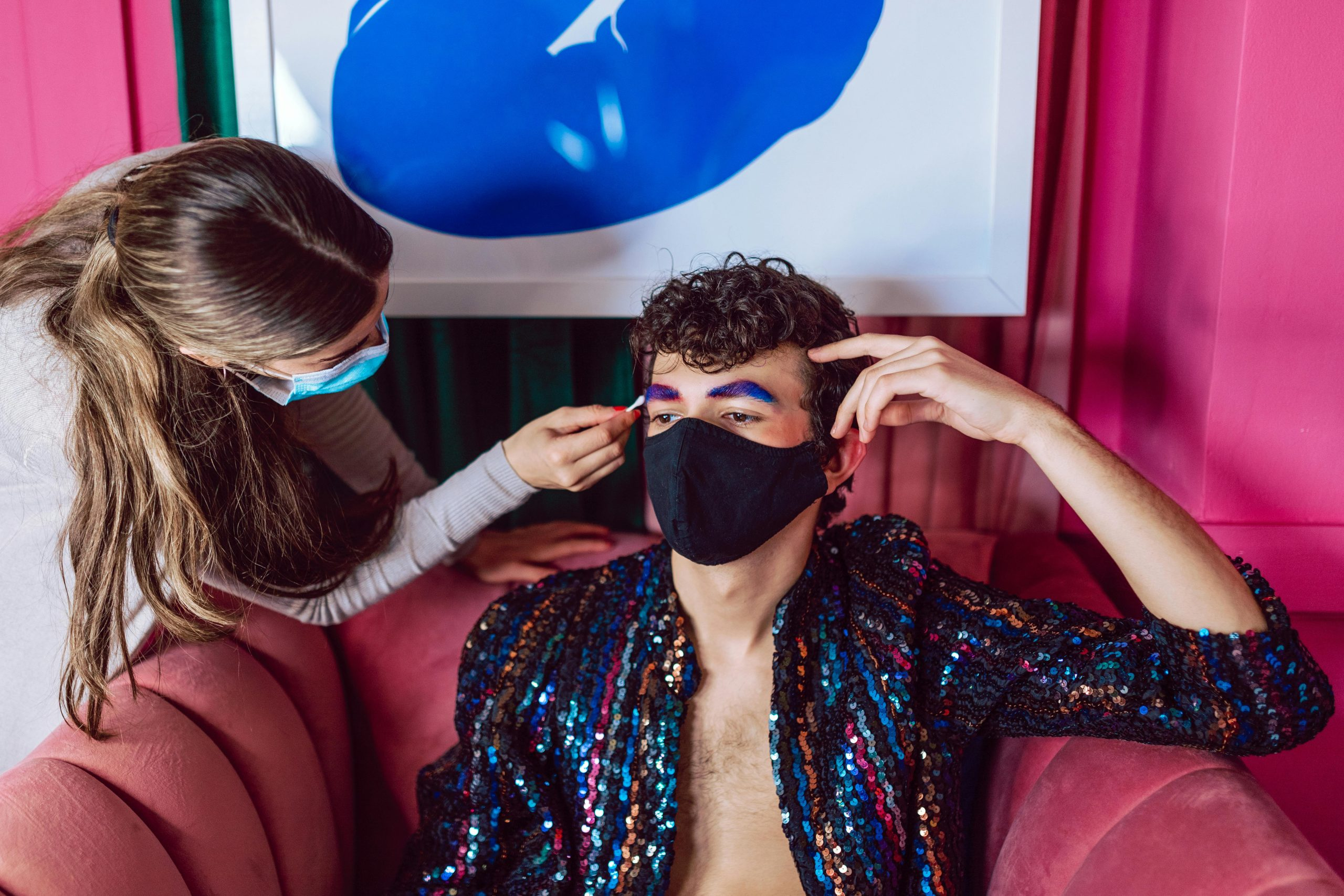The Rise of Rental Fashion: Temporary Ownership as a New Model
The fashion industry is constantly evolving and adapting to new consumer demands and trends. One of the latest developments in the fashion world is the rise of rental fashion, where individuals can temporarily own high-end designer pieces without the commitment of purchasing them. This new model of temporary ownership is revolutionizing the way people consume fashion and is being embraced by both consumers and brands alike. In this article, we will take a closer look at the rise of rental fashion and how it is changing the fashion industry as we know it.
The Evolution of Fashion Consumption
Fashion has always been seen as a symbol of status and luxury, with designer pieces being coveted by many. However, the traditional model of purchasing clothes and accessories comes with a hefty price tag and requires customers to make a long-term commitment to the items they purchase. This has led to a shift in consumer mindset, with many individuals looking for more sustainable and cost-effective ways to stay on-trend.
This is where rental fashion comes into play. By offering the option to rent clothing and accessories, customers can now have access to high-end designer pieces without breaking the bank. This new model of consumption not only benefits customers, but it also has a positive impact on the environment, as it reduces the amount of clothing waste and carbon footprint created by the fashion industry.
The Appeal of Rental Fashion
Rental fashion has gained popularity for several reasons. First and foremost, it offers a way for individuals to indulge in luxury fashion without the financial commitment. By renting clothes and accessories, customers can save a considerable amount of money, especially when it comes to occasion wear or trendy pieces that may only be worn once or twice.
Additionally, rental fashion provides access to a wide range of designer brands that may not be accessible to individuals on a regular basis. Customers can experiment with different styles and brands without having to invest in expensive pieces that may not fit into their long-term wardrobe plans.
The convenience factor is also a major draw for rental fashion. With the rise of online rental platforms, customers can browse and choose from a variety of options and have them delivered straight to their doorstep. This saves the hassle of physically going to a store and trying on different outfits.
The Impact on the Fashion Industry
The rise of rental fashion has not only changed the way people consume fashion, but it has also had a significant impact on the fashion industry as a whole. In the past, brands focused on creating timeless pieces that customers would invest in and wear for years to come. However, with the rise of rental fashion, brands are now creating more trend-driven and statement pieces that are perfect for rental. This has given designers more creative freedom and allowed them to experiment with different styles and collections.
Rental fashion has also opened up new revenue streams for brands. By partnering with rental platforms, designers can reach a wider audience and generate more income from their pieces. It also allows them to showcase their designs to a new market of potential customers who may not have been able to afford their products before.
The Future of Fashion
The rise of rental fashion has proven to be more than just a passing trend. It has become a permanent fixture in the fashion industry and is expected to continue to grow in popularity. With the rise of conscious consumerism, more and more individuals are looking for ways to reduce their environmental impact and make more sustainable choices. Rental fashion provides a solution to these concerns while also maintaining the desire for luxury and fashion-forward pieces.
In Conclusion
The rise of rental fashion and temporary ownership is a new model that has disrupted the traditional way of consuming fashion. It offers a sustainable and affordable alternative to purchasing high-end designer pieces, while also benefitting the fashion industry as a whole. As the demand for rental fashion continues to grow, it will be interesting to see how brands and designers adapt to this new model and how it shapes the future of the fashion industry.









